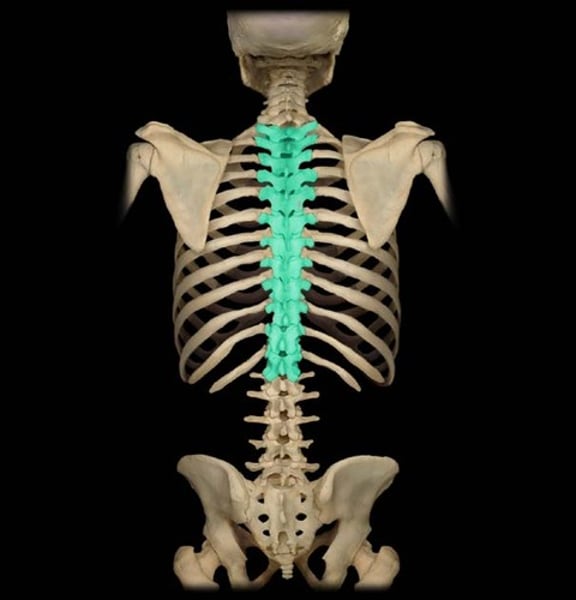Mammo week 2
1/36
There's no tags or description
Looks like no tags are added yet.
Name | Mastery | Learn | Test | Matching | Spaced |
|---|
No study sessions yet.
37 Terms
axial skeleton
down the center; vertebrae, ribs

Appendicular skeleton
limbs and pelvis

Cervical
- neck region
- almost all mammals have 7
- first two are ATLAS AND AXIS, which articulate the skull at the occipital condyles

Thoracic
connect to the ribs
often have large dorsal spines

Lumbar
Lower back, links to pelvis

Sacral
Support pelvic girdle
usually 3-5

Caudal
Bones of the tail

Clavicle
Collar bone

Scapula
shoulder blades

Plantigrade
how bears stand

Digitigrade
how dogs stand

Unguligrade
walking on hooves

Humerus
upper arm

Ulna and radius
forearm bones

metacarpals
hand bones

phalanges
fingers, toes

Homodont
all teeth are the same
(armadillo and porpoises)

Heterodont
All teeth are different
Incisors, Canines, Premolars, molars

Incisors
front teeth; unicuspid

Canines
Unicuspid and single-rooted, often for holding and stabbing

Premolars
The teeth immediately behind the canines; used in chewing, grinding, and shearing food. bicuspid or bicuspid (usually)

molars
Back teeth that grind food; bicuspid or multicuspid

Dilambdodont
W-shaped
Found in bats, shrews, moles
insectivores

Bunodont
3-4 rounded cusps. Found in pigs, bears, raccoons, humans

Lophodont
elongated ridges between cusps
Found in many rodents and logomorphs
- herbivores, granivores
- hind gut fermenters
Selenodont
crescent-shaped cusps
- herbivores, ruminants
- ungulates

Dental formula
I 1/2, C 1/1, P 2/2, M 3/3 = 15 * 2 = 30

Pelvis
hip bone

Femur
thigh bone

Patella
knee

Fibula
calf bone

tibia
shin bone

Tarsus
ankle

Metatarsus
the five parallel bones of the foot between the tarsus and the phalanges

teeth Cusp
the teeth points

sternum
chest bone

Carpal
wrist
